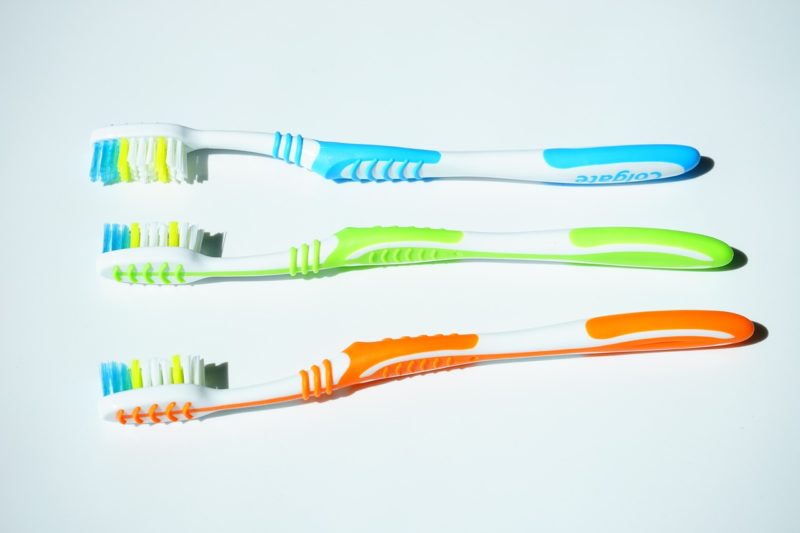Invisible or Traditional Braces – Part 2
A Guide to Making the Right Choice
You decided to straighten your teeth, so now you have to decide how. Will you use invisible or traditional braces? This is part 2 of the guide to decide which is right for you, or your child.
If you have not seen part 1 of this series on invisible or traditional braces, you can read it here.
We previously discussed:
- What You Will Look Like
- The Changes Your Teeth Need
- Personal Habits and Lifestyle
These are important factors to consider when you are choosing between invisible or traditional braces.
Here are some additional considerations:
Dental Hygiene Routines
Food particles get stuck between the metal brackets and wires in traditional braces. It is critical that special attention is paid to keeping a high level of oral hygiene throughout your treatment. If the pieces of food are not removed, they can cause cavities. Navigating through the arch wires when you floss with traditional braces can be difficult, but it is vital to reduce the chance of tooth decay.
With invisible braces, you just remove the aligner to brush and floss as usual.
Discomfort
There is generally some discomfort as teeth are moved in any orthodontic treatment. The day your traditional braces are adjusted, the tightened arch wires sometimes cause some discomfort for a day or so. When you get a new aligner, you may experience the same type of soreness.
The soft plastic aligners do not irritate the inside of your mouth and lips, like traditional metal braces.
Invisible or Traditional Braces – In Summary
The first step is to check with your dentist. If your smile can be improved with either invisible or traditional braces, it will be your turn to choose. If you are looking for a discreet way to improve your smile, invisible braces may be right for you. Whatever your choice, keep smiling!
Book a FREE consultation with Brandon Dental Care to see which braces are right for you, or your child.

